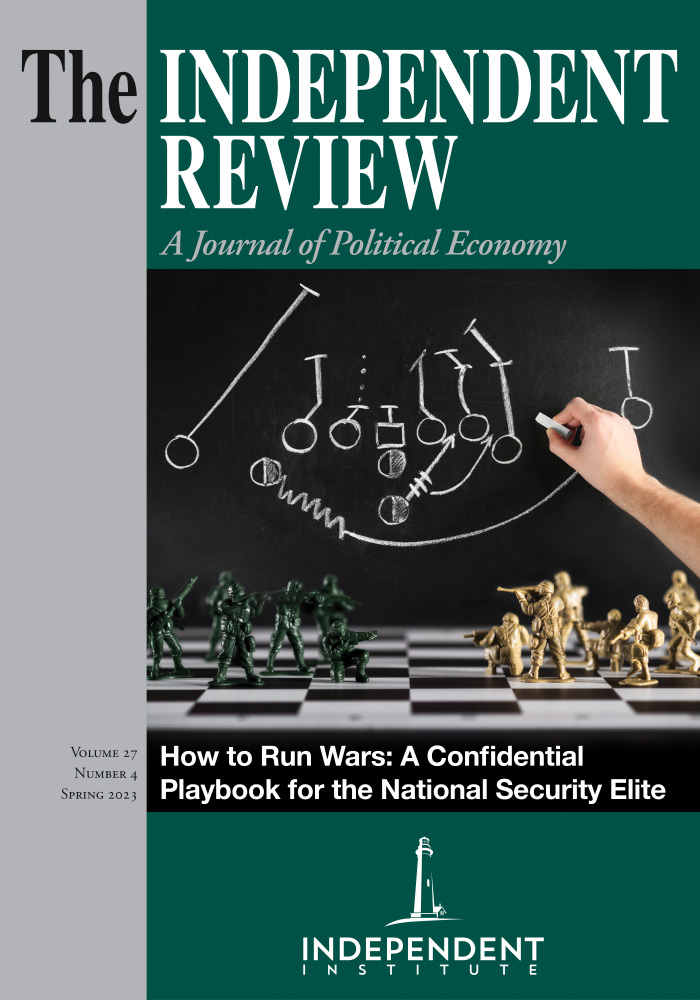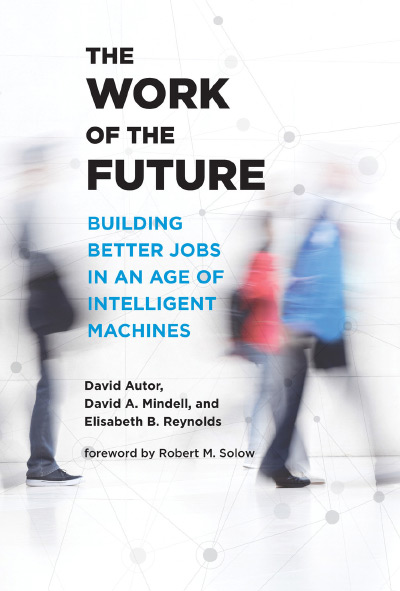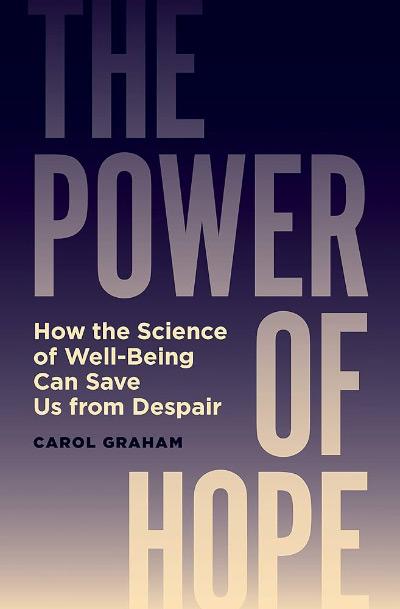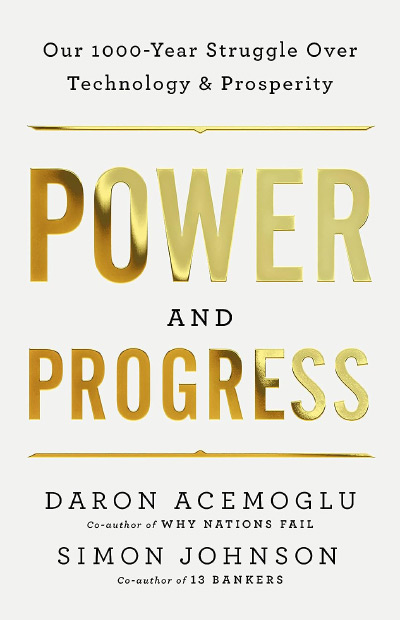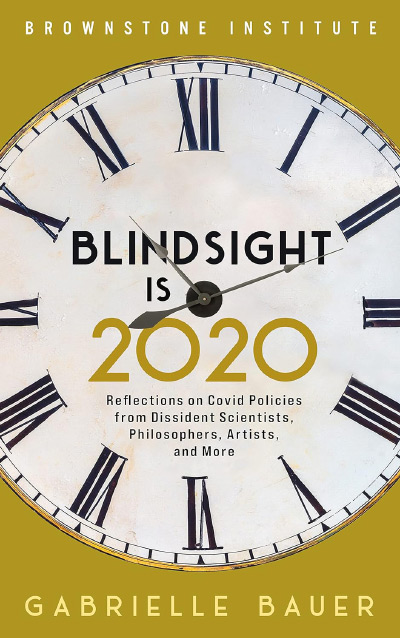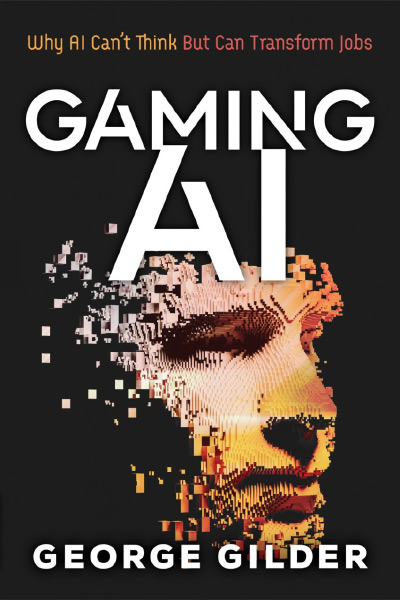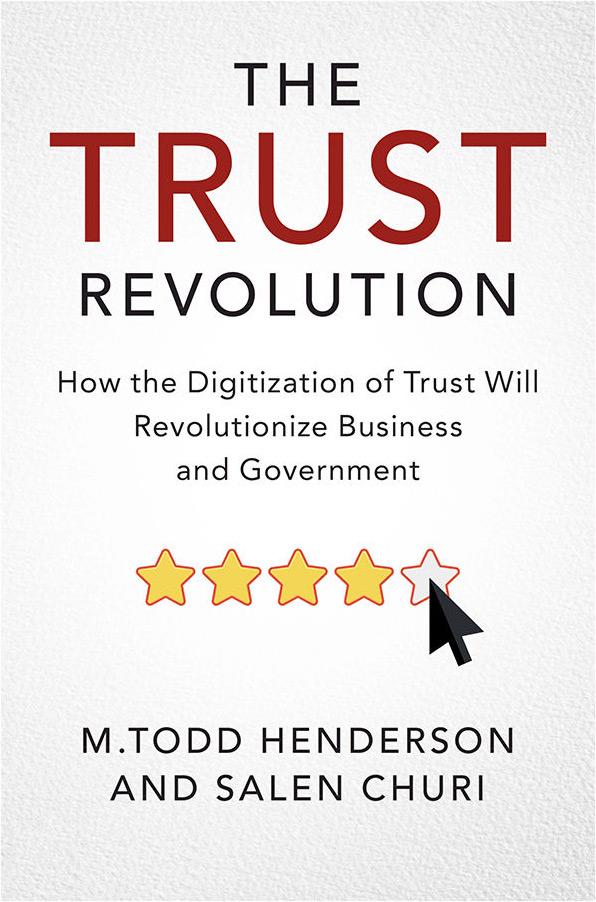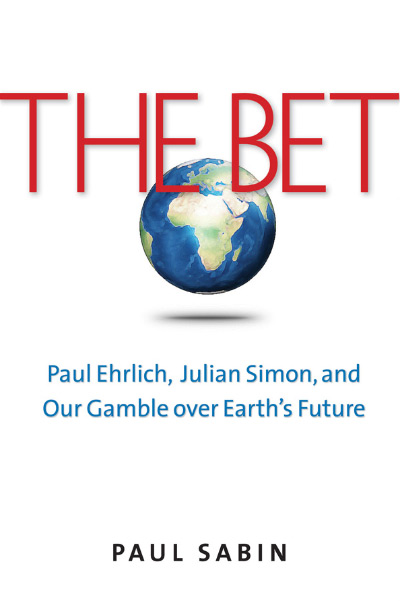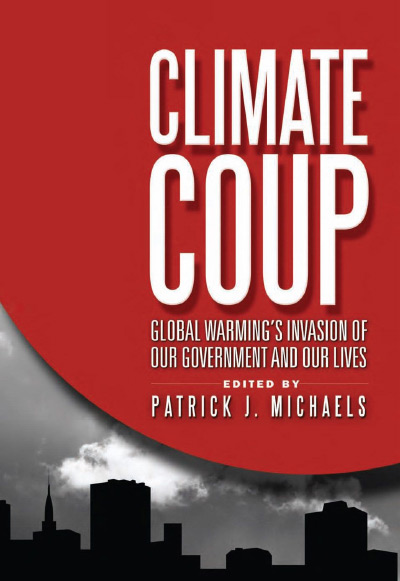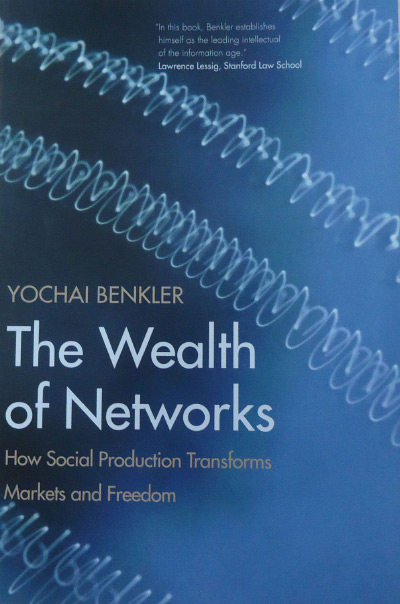The last fifty years have seen profound changes take place in labor markets: on the one hand an upheaval brought about by technological change and globalization, and on the other a stagnation of many workers’ earnings and a persistent rise in wage inequality. The mechanisms tying the former set of events to the latter set of outcomes remain an active subject of research, but both in academic circles and in the popular imagination a pessimistic consensus has emerged. Labor, and especially unskilled labor, is fighting a losing battle; the American worker is becoming obsolescent. In Work of the Future, authors David Autor, David Mindell, and Elisabeth Reynolds survey current research on human-technology interactions and they reject this counsel of despair. New technologies, they argue, can and should work to the benefit of the human labor; and under the right set of policies, technological progress can bring about shared prosperity.
The Work of the Future presents, for a general audience, the findings of MIT’s “Task Force on the Future of Work.” The Task Force was formed in 2018 to promote research on two broad subjects: first, the impact of new technologies on the workplace, and second, policies for achieving a more equal distribution of the gains from technological advancement. The scope of the book reflects the breadth of the Task Force’s mission. Chapter 2 serves as a primer on U.S. wage and employment trends, chapter 3 contains a survey of current studies on the effects of automation and AI, and chapters 4 – 6 give a synopsis of educational, industrial, and wage policies intended to improve labor outcomes for the workers most affected. The first half of the book offers an excellent introduction to current trends in labor markets, and to the fraught and often messy relationship between labor and technology. Work of the Future is conversational, concise, and well-suited to casual readers, though scholars will likely prefer the research papers available on the Task Force’s website to the abbreviated descriptions in the text. Less compelling are the chapters on policy. The authors’ agenda is ambitious but poorly supported by the Task Force’s work, and inconsistencies arise due to the lack of a clear economic framework.
The initial portion of the book is taken up with a discussion of the ailments affecting U.S. (and many foreign) labor markets: rising inequality, a falling labor share, and a decline in job security and mobility. The analysis is descriptive, and the authors take no stance on the underlying causes. The literature has suggested a myriad of factors ranging from digital technologies and automation, to trade with China, to a rise in employer market power—each briefly discussed in the text. The authors do contend that wage and employment trends in the United States have been amplified by a deterioration of labor market institutions like unionization, though no new evidence is offered on this point. Overall, this portion of Work offers few surprises for those familiar with David Autor’s body of research, but it functions well as an introduction aimed at newcomers to the field or at a college classroom.
The main contribution of Work of the Future is its presentation of evidence challenging the conventional narrative that newer technologies will cause mass displacement of labor. It is on this subject that the Task Force’s own efforts have concentrated, and the bookdiscusses a number of recent studies—generally descriptive—that focus on recent vintages of technology such as AI and lights-out automation. The authors conclude that in the short-term, any impact on labor markets will be limited due to the slow pace of adoption observed for these technologies. In the long run, the effect will be to displace some types of labor and augment others. This last argument isn’t new; the dual nature of technological change has been explored previously by Frank Levy and Richard Murnane (2005, The New Division of Labor: How Computers Are Creating the Next Job Market, Princeton, N.J.: Princeton University Press) and Task Force member Erik Brynjolfsson (2014, The Second Machine Age: Work, Progress, and Prosperity in a Time of Brilliant Technologies, New York: W.W. Norton). Work of the Future extends this argument to the current generation of technology—an important achievement at a time when the phrase “robot apocalypse” has entered the vernacular. Autor, Mindell, and Reynolds concede that these up-and-coming technologies are not neutral in any sense, and that they are likely to favor better-educated and skilled workers. The plight of the less-skilled will depend, however, on organizational choices regarding implementation and innovation, raising the possibility that policy may serve to mitigate technological bias.
Several examples are informative. The book describes a case study by Reynolds and PhD student Anna Waldman-Brown on the use of machine learning—a simple form of AI—at an insurance company. Large-scale implementation was a failure. “The company’s processes were simply not sufficiently homogeneous or standardized to be amenable to today’s AI competencies” (p. 47). More focused applications, such as parsing bills for errors, resulted in greater success; however, the end result was to complement workers rather than eliminate them. Auditors were now free to redirect their time towards more complicated tasks. Likewise, machine learning allowed sales staff to identify potential clients and to match them with likely products, but customers’ desire for face-to-face interactions meant that these salespersons kept their jobs. In another study, Task Force member Frank Levy and Wellesley student Arshia Mehta surveyed distribution centers on their automation practices. They found that fully-automated systems remain rare, with human-dependent (e.g. guided) systems being much more common. A common limitation is firm size, as few employers can afford the fixed costs associated with development and deployment of a robotic system. Hence, labor remains a key ingredient in production.
In the second half of the book, the authors lay out a series of policies aimed at addressing the decline in high-quality, high-paying jobs. On education, their position is straightforward: increased funding for community colleges, vocational training, and other programs that retrain workers displaced by technological change. There is an expansive literature on this topic, to which the Task Force makes several contributions; the book provides a short survey. On industrial policy, the discussion becomes somewhat muddled. The authors maintain that we need more technological innovation and greater incentives to use labor—a difficult balancing act, given that technology is labor-saving in even the most optimistic scenarios. For example, the authors argue that technology adoption should be encouraged through investment subsidies (p. 130), but that the use of labor be incentivized through higher taxes on capital (p. 131). While it is possible that these policies are consistent with one another, it is not obvious, and the apparent contradictions are never reconciled in the text. The underlying issue is that although Work of the Future presents compelling evidence on the Jekyll-Hyde nature of modern technology, it never provides a conceptual or economic framework for thinking about how these two aspects might be disentangled.
The lack of an analytical framework is most clearly felt in the chapter on job quality. Here, the authors propose to extend unemployment benefits, collective bargaining coverage, and minimum wage laws, in order to raise wages and improve workers’ financial security. There may be compelling reasons for such policies, but they also increase the wage burden on employers and therefore the incentive to substitute away from labor (e.g., to automate). If the authors are correct in supposing that capital subsidies discourage the use of labor, or if it is true that the labor share fell due to lower capital prices (p. 30)—both assertions about the substitutability of capital and labor—then policies that raise wages are likely to exacerbate these issues rather than address them. The lack of discussion on this point is surprising given the centrality of the capital-labor relationship to the book’s subject matter.
Notwithstanding these issues, Work of the Future offers an accessible and up-to-date introduction to the challenges facing labor markets, and to current research on technology’s impact. The book provides a valuable counterpoint to oft-heard predictions about labor’s demise, and Autor and coauthors succeed at providing a starting point, if not a conclusion, for important discussions about the role of policy in addressing technological displacement, and in shoring up the increasingly precarious position of the American worker.

